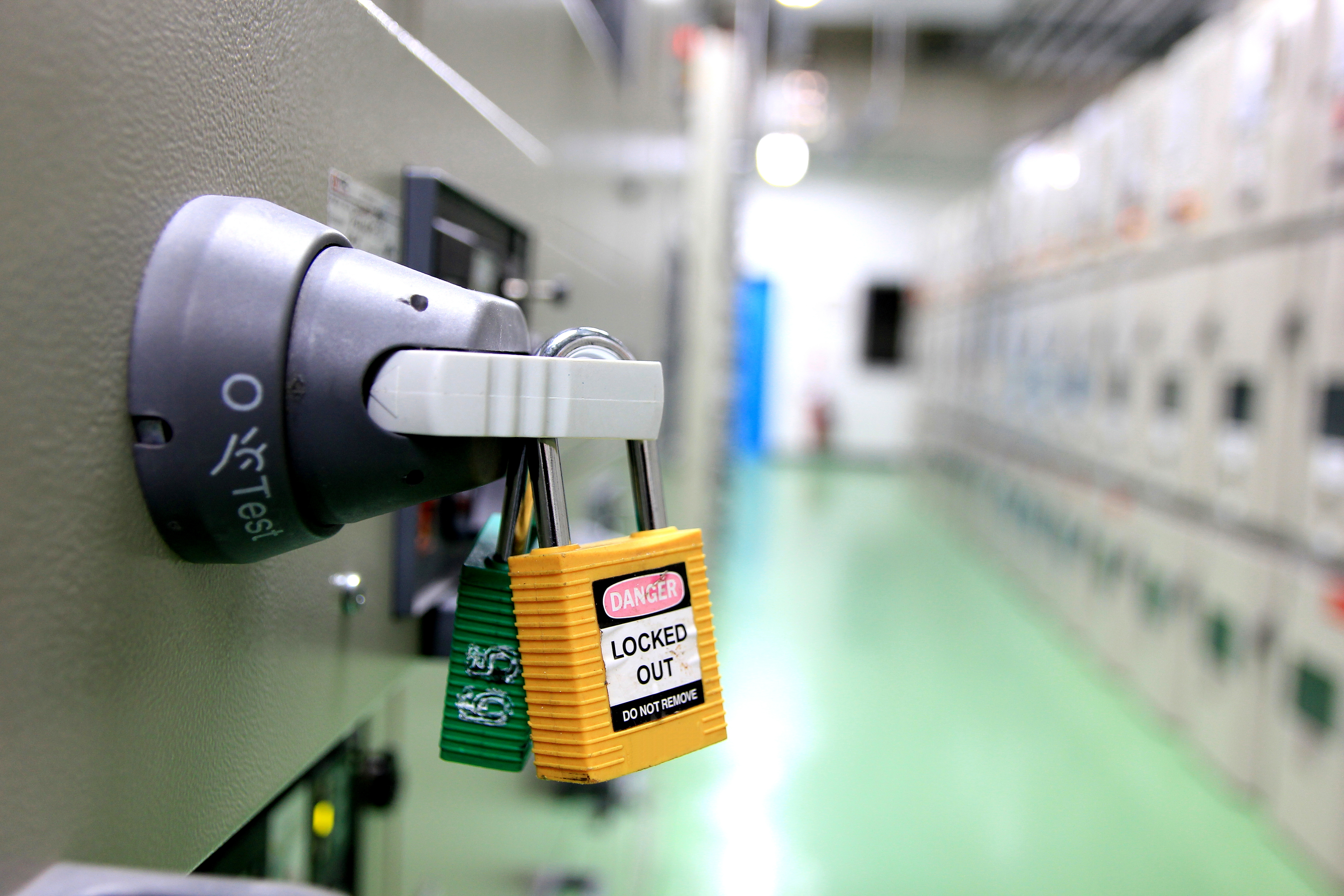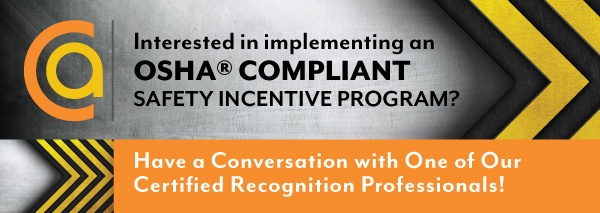LOTO means lockout/tagout. Lockout/tagout procedures control hazardous energy and protect your workers from harm.
When machines or equipment are prepped for service or energy, they often contain some form of hazardous energy.
What is hazardous energy?
Hazardous energy is the type of energy that can be released and might harm someone.
The type of energy could include:
- Chemical
- Electrical
- Hydraulic
- Mechanical
- Pneumatic
- Thermal
What is the Purpose of Lock Out/Tag Out?
Without LOTO safety procedures, the serviced equipment can unexpectedly release hazardous energy, which can lead to injuries and even death to your employees or residents of the community.
8 Common Lockout/Tagout Process Problems
The most common lockout/tagout process problem include:
1. Lack of procedures [See: See 29 CFR 1910.147(c)(4)]
Each piece of equipment or process should have specific written procedures that identify all energy sources and energy isolation devices. Your procedure can act as a checklist to ensure all energy sources are controlled before service or maintenance starts.
2. Training [See: See 29 CFR 1910.147 (c)(7)(I)(C)]
Companies do a great job of training authorized and affected employees.
- Authorized employees: employees who apply locks and tags
- Affected employees: employees who operate the machines where locks and tags are installed
But OSHA requires training for all other employees. These employees include management and staff that do not operate, service, or maintain locked and tagged equipment, but on occasion are near it.
OSHA Lockout/Tagout Training Requirements
OSHA requires that LOTO safety training cover at least the following three areas:
- How each employee’s specific position relates to the LOTO training
- The LOTO procedure relevant to each employee’s duties and position
- The various requirements of OSHA’s LOTO standard, which are identified within your LOTO program
3. Wrong use of tags [See: 29 CFR 1910.147 (c)(5)(ii)]
Facilities typically need at least four different tags:
-
-
Energy control for servicing and maintenance
-
Process control for production purposes
-
Informational to import information
-
“Danger Do Not Use” for defective equipment
-
The Danger Do Not Operate energy control tag is for servicing and maintenance of equipment only. It should not be used as information or process control tags, like mentioned above. This will only dimmish the purpose of the tag.
4. Wrong use of locks [See: 29 CFR 1910.147(c)(5)(ii)]
Lockout locks are also misused as locks for toolboxes and lockers.
An energy control lock’s purpose for energy control during servicing and maintenance.
5. Working under someone else’s lock [See: 29 CFR1910.147(d)]
To ensure personal energy control responsibility, OSHA’s standard and best practices require each employee servicing a piece of equipment to apply his or her own lock and tag.
6. Not identifying all energy sources [See: 29 CFR1910.147(b) and (c)(4)]
Separate circuits running to a machine, delivery of energy from an overhead crane or adjacent conveyor, and gravity and kinetic energy are sometimes overlooked.
Your written procedure needs to identify all energy sources.
7. Oversight
Never assume your energy control policies are working just fine. During your energy control program review, ask questions with skepticism to find deficiencies.
8. Duplicate keys
Duplicate keys make lock removal too easy. When an employee must use bolt cutters it makes them follow proper procedures to remove a lock.
So, how can you protect employees with a lockout/tagout program?
How to Protect Employees with a Lockout/Tagout Program
OSHA standards establish requirements that employees must follow when employees are exposed to hazardous energy while servicing and maintaining equipment and machinery.
Some of the most critical requirements from these standards include:
- Develop, document, implement, and enforce energy control procedures.
- Use lockout devices for equipment that can be locked out. Tagout devices may be used in lieu of lockout devices only if the tagout program provides employee protection equivalent to that provided through a lockout program.
- Use only LOTO devices authorized for the equipment or machinery and ensure that they are durable, standardized, and substantial.
- Inspect and adjust LOTO procedures at least annually.
- Provide effective training as mandated for all employees covered by the standard.
- Comply with the additional energy control provisions in OSHA standards when machines or equipment must be tested or repositioned, when outside contractors work at the site, in group lockout situations, and during shift or personnel changes.
Encourage Proper Lockout/Tagout Procedures with a Safety Incentive Program
Safety incentive programs reinforce safety protocols and encourage employees to work safely by rewarding them when they do. To build a successful safety incentive program, you must have a way to consistently measure success, as well as discover any areas of improvement.
OSHA® encourages employers to find creative ways to incentivize safe work practices and accident-prevention measures. C.A. Short Company presents a new way of OSHA® Compliance with Safegagement™.
Safegagement™ occurs when engaged employees are safer at work and make better decisions because they care about those they work with, the company they work for, and the overall accomplishments of the organization. With a safety incentive program, you will raise engagement, reduce accidents, and increase your bottom line.
Our behavior-based programs can assist you in measuring and awarding employees for leading indicators. KPIs vary by industry, but it is important to create measurable KPI’s that are credible and predictive.
Recognizing employees monthly versus annually has proven to be the most effective way to achieve positive results. Our platform gives you the ability to easily recognize employees each month for leading indicators such as:
- Safety Suggestions
- Safety Audits
- Reporting Near Misses
- Proper Use of PPE
- Proper Use of Lockout/Tagout
Our goal is to partner with you in your effort to foster and advance your safety culture to prevent accidents from happening.




.jpeg)

.jpg)


-1.png)
SHARE